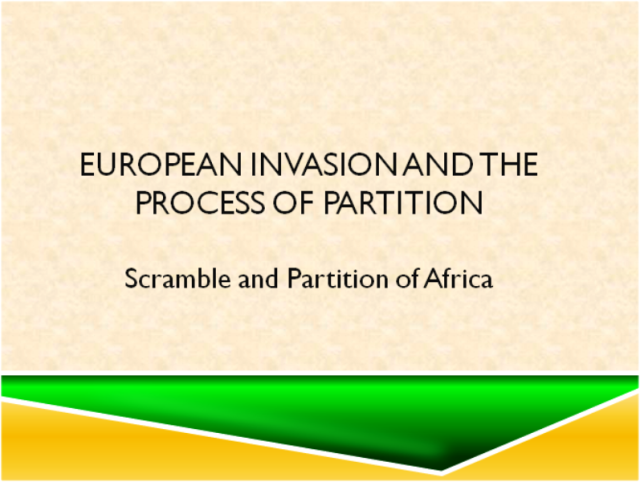KCSE History and Government Questions With Answers
State four reasons for evolution of man
0 Comments
What is evolution?
Evolution can be defined as the process of change in living organisms over a number of years, frequently involving the beginning of new species from earlier species.
According to Charles Darwin, man transformed from simple life slowly over millions of years through environmental mutation, natural selection, isolation and adaptation.
Evolution is “descent with modification”. – Charles Darwin, The Origin of Species Evolution is “the process by which organisms have changed over time.” Evolution can also be defined more narrowly as a change in the genetic composition of a population from generation to generation.
What are the Factors that influenced evolution of manEnvironmental MutationThe 1ST Important factor of evolution is mutation (a stage of abrupt change)
Natural Selection
is an instinct by which the stronger species out compete the weaker for resources.
Natural selection is defined as the differential reproduction of organisms as a function of heritable traits that influence adaptation to the environment. There are three essential components to this definition
Darwin noted that most species reproduce at a rate that, if unchecked, would lead to exponential population growth. However, such growth is seldom realized in nature because many organisms fail to reproduce. Darwin reasoned that if this differential reproduction was associated with adaptation to an environmental niche and if the adaptive traits were transmitted to a subsequent generation, then the physical and behavioral traits of a species will change over time in the direction of better adaptation.
Isolation
Isolation means that organisms of the same species are separated, and happens when there is something between the organisms that they can't cross. Organisms become isolated as a result of environmental change.
Genetic drift, the effects of natural selection in adapting to a new environment, and their geographical isolation contributed to their evolution.
The amount of immigration and emigration among populations also influences allele and genotypic frequencies—large amounts of immigration/emigration reduce the differences between local populations while small amounts of immigration/emigration permit the populations to diverge.
The evolution of human populations has been dramatically influenced by physical population structure. Even today, the physical separation of human populations maintains genetic diversity that would otherwise be absent. For example, people born and raised in the tropical rain forests of the Amazon basin are more likely to mate with other people born and raised in the same geographical area than they are with, say, North American Eskimos.
Even within national boundaries, there are local populations. Someone living in Kenya is more likely to mate with a fellow Kenyan than with an Egyptian from Cairo.
Adaptation
Adaptation is where the surviving species isolate themselves from others as they adapt to new environment through body changes and technological changes e.g. ability to grow crops and make shelter.
Darwin’s theory of natural selection comprises the following points.
All organisms or creatures are uniquely different and this uniqueness is based on heredity factors which an organism has from birth.
Although many young organisms are produced, few manage to develop to maturity. The organisms that manage to grow to maturity and reproduce are those that are able to constantly adapt to the existing environment. In view of the limited resources, even after mutation, Darwin argued that only the fittest organisms survive as the weak species become extinct. This theory is popularly known as ‘Survival for the fittest’ According to Darwin, isolation and adaptation is the final stage in the evolution process. Having survived through mutation and natural selection, the merging species increase in number. This leads to search for basic needs and in the process a species may be isolated from the rest and then finally adapt to the new environment. The theory of evolution holds that Humans belong to the animal kingdom and that man has evolved over the years. Man is a primate just as apes like gorillas, chimpanzees and monkeys. However, man belongs to the family of hominidae, while apes belong to the family of pongidae. Man according to Darwin developed over the years from his ape-like ancestors. Evolution and adaptation of man The earliest Mammals live on trees for two reasons;
|

On Sale On Sale History Notes Form 1, Form 2, Form 3 and Form 4 in Slideshow ('Powerpoint', '.pptx')Archives
December 2025
Categories
All
|
We Would Love to Have You Visit Soon! |
Hours24 HR Service
|
Telephone0728 450425
|
|
8-4-4 materialsLevels
Subjects
|
cbc materialsE.C.D.E
Lower Primary
Upper Primary
Lower Secondary
Upper Secondary
|
teacher support
Other Blogs
|








 RSS Feed
RSS Feed